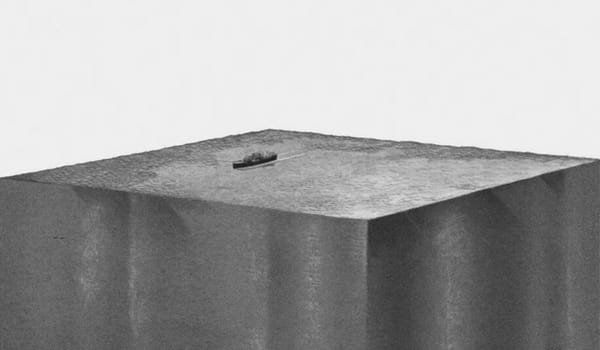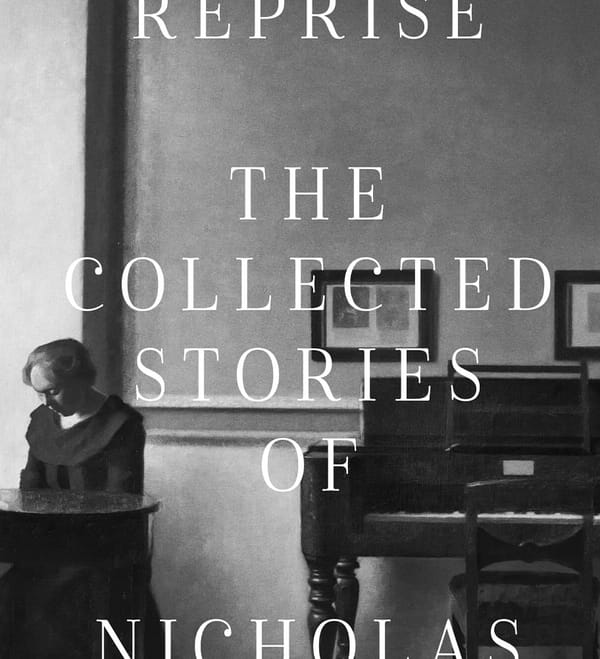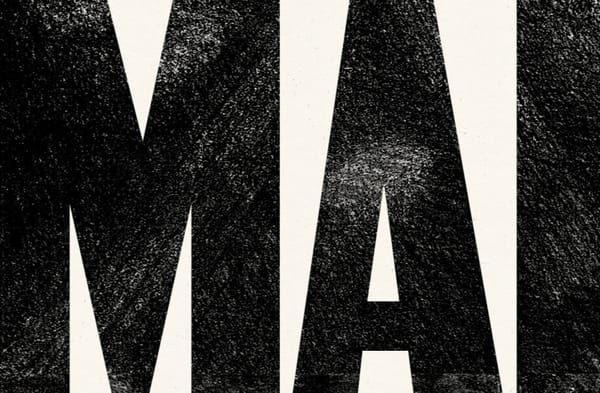#227 — Humanness
Sweeping the best hyperlinks out of my tabs and onto your desk
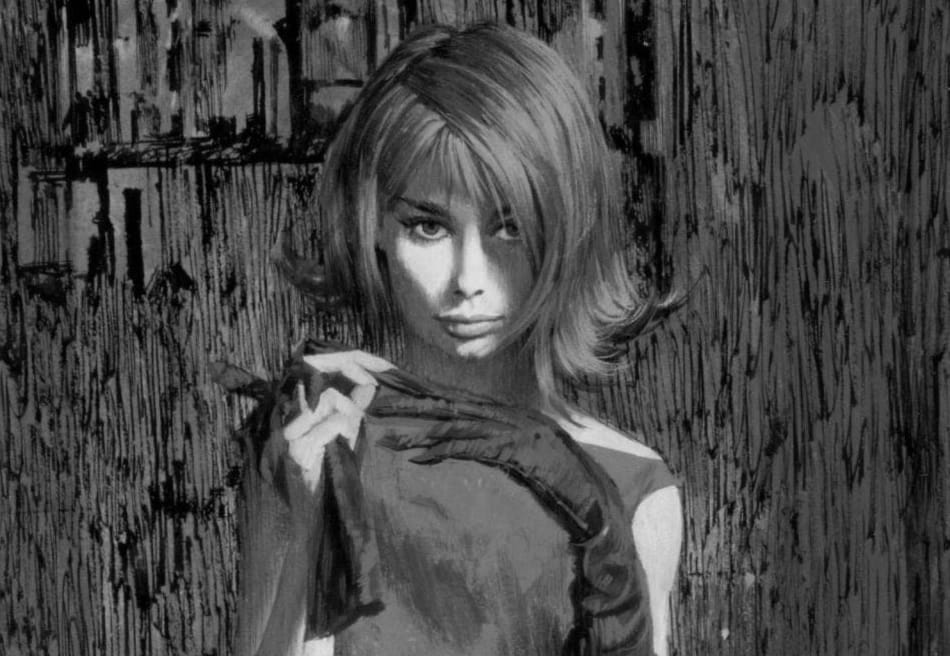
Timequake
John Self recently bloosked this passage from Kurt Vonnegut’s 1997 novel Timequake, which feels exceedingly relevant to the current state of creative affairs:
“People capable of liking some paintings or prints or whatever can rarely do so without knowing something about the artist. Again, the situation is social rather than scientific. Any work of art is half of a conversation between two human beings, and it helps a lot to know who is talking at you. Does he or she have a reputation for seriousness, for religiosity, for suffering, for concupiscence, for rebellion, for sincerity, for jokes? There are virtually no respected paintings made by persons about whom we know zilch. We can even surmise quite a bit about the lives of whoever did the paintings in the caverns underneath Lascaux, France. I dare to suggest that no picture can attract serious attention without a particular sort of human being attached to it in the viewer’s mind. If you are unwilling to claim credit for your pictures, and to say why you hoped others might find them worth examining, there goes the ball game. Pictures are famous for their humanness, and not for their pictureness.”
Might get that tattooed on my face
Google Volume 2
Speaking of pictureness … twelve years ago, Felix Heyes and Ben West’s book Google volume 1 replaced thousands of words and their meanings with the first image that appeared when the word was searched for on Google Images; a testament to the visual culture of its time. Google volume 2 updates the experiment with 25,000 images on 1368 pages, and an introduction by Douglas Coupland. It’ll be interesting to compare the two books (and hopefully one day a third), to see if/how AI-generated sludge has infected culture.
Readings
Recent words poured into my mindholes: Martha Wells’ first Murderbot novella All Systems Red is great fun; Andy Weir’s Project Hail Mary is pretty much the epitome of the “book by the author of The Martian that is being made into a film directed by Lord and Miller and starring Ryan Gosling” genre; and I’m slap bang in the middle of Amal El-Mohtar and Max Gladstone’s wonderfully titled This Is How You Lose the Time War. Lots of sci-fi this year … basically the Hugo Awards is my TBR pile.
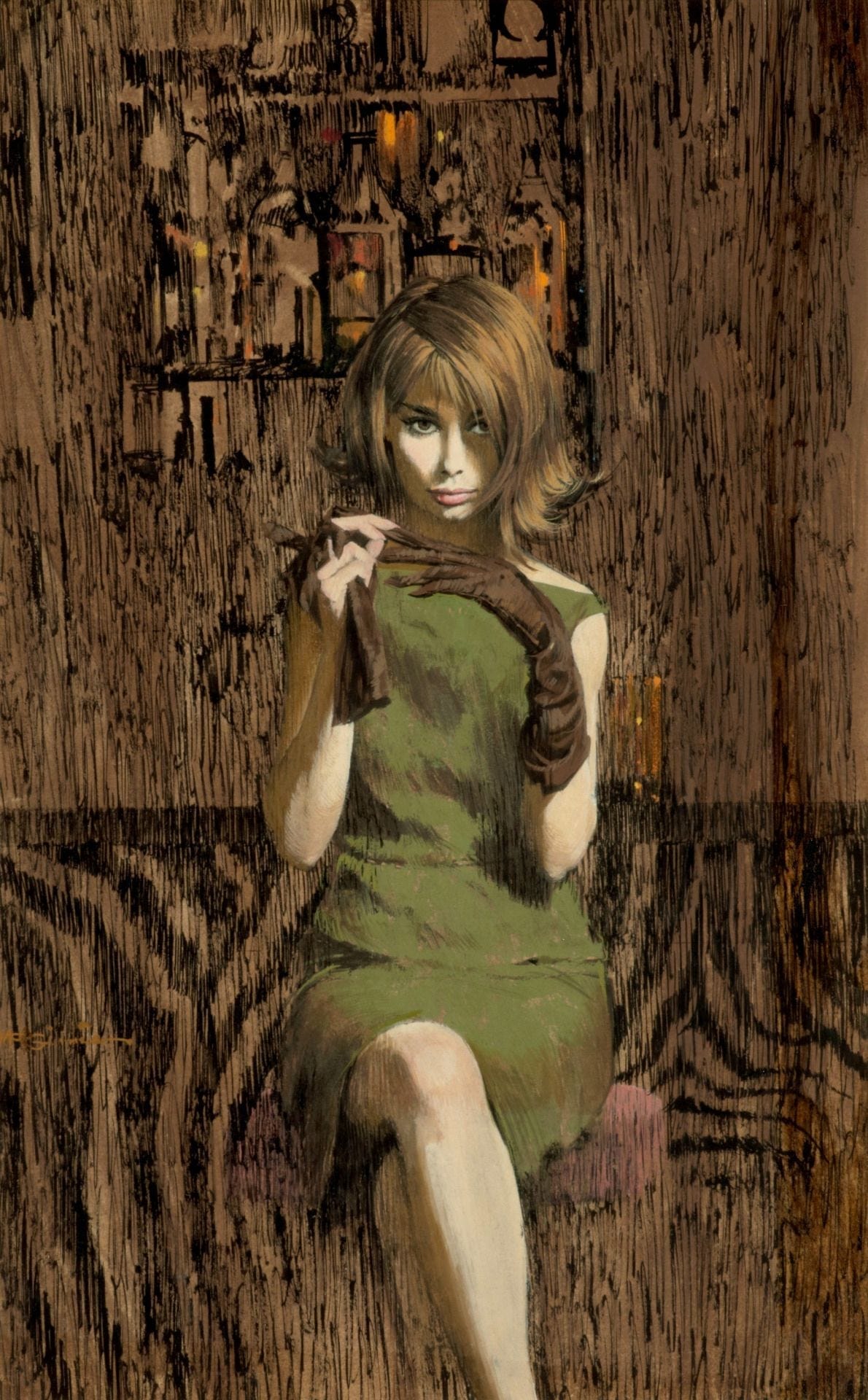
Elsewhere
- This week I’ve been absolutely battering Alistair Hall’s excellent London Street Signs for a thing; and subsequently drawing upon the sign-inspired type from Keith Bate’s foundry K-Type.
- Paperback and poster legend Robert McGinnis passed away last month, aged 99. His 2014 monograph The Art of Robert E. McGinnis is an absolute must, but the NYT obituary is a good starting point to get into his work.
- As well as invoking the almighty Sphenisciformes Satan to rule over us, Penguin is celebrating its 90th birthday with 90 Little Book Stops – you’ve got until 1 May to nominate a location for one in your neighbourhood.
- Also that day, I’ll be tuning in for St Bride Foundation’s lastest talk How to (and how not to) approach the business side of freelancing, in which Micaela Alcaino, Becky Chilcott, David Pearson and Jack Smyth discuss contracts, fees and other freelance hacks.
- Absolutely loved The Face Magazine: Culture Shift at the National Portrait Gallery. One heck of a nostalgia hit. Although I haven’t really got into the revived incarnation of the magazine, it’s nice to see they’re putting together an archive of old articles.
- Bit obsessed with the work of Stephen Smith aka Neasden Control Centre, who has a fresh new website. Particularly love his work on Vintage Classics’ Julio Cortazar series.
- Intrigued by MUBI’s new cine-centric publishing venture, MUBI Editions. In their first title, Read Frame Type Film, film curator Enrico Camporesi, graphic design historian Catherine de Smet, and designer Philippe Millot discuss 24 works from the film collection at the Centre Pompidou that capture the affinity between cinema and typography.
- Lots of fantastic work in the Casual Optimist’s latest book covers of note roundup. Looks like type with dots is having a moment.
- Buying up South African art since 2004, apparently Nando’s has one of the largest private art collections in the world and potentially the largest on public display. Huh.
- The Golden Era of Sign Design —To mark the launch of Field Notes’ spring edition “The Chicago Look”, a film looking at the work of Beverly Sign Co. Oh and there’s a book, The Golden Era of Sign Design: The Rediscovered Sketches of Beverly Sign Co.


